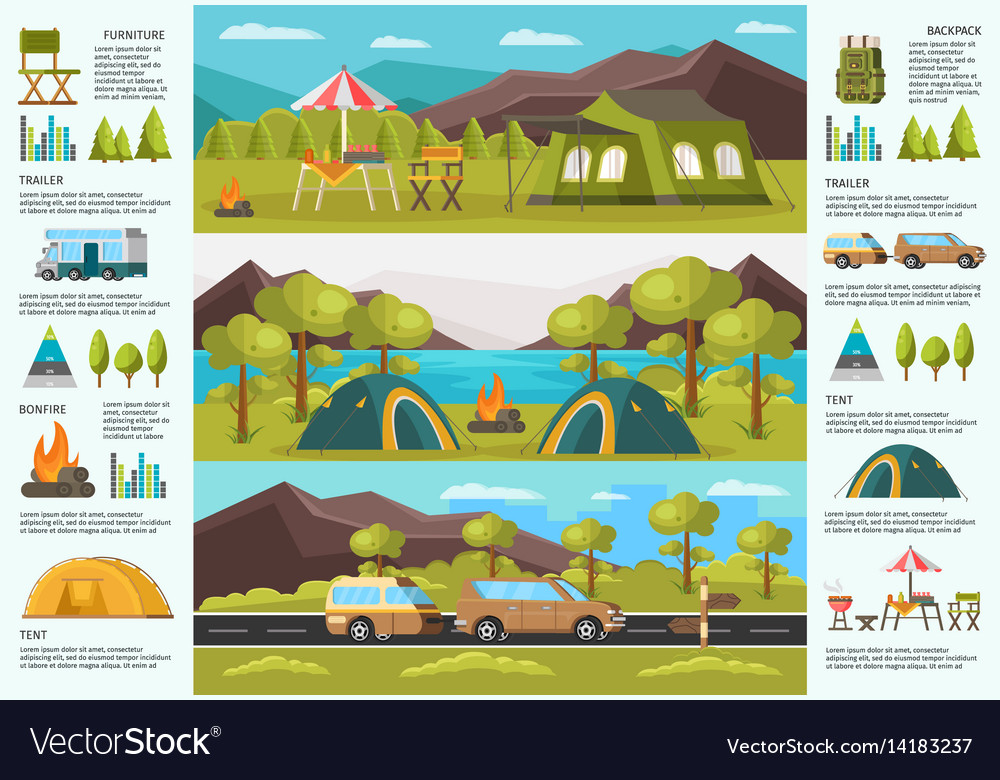The stability of an outdoor tents depends greatly on well-tightened man lines, which improve the framework's ability to withstand wind and various other external pressures. They likewise promote air flow within the shelter, which can make a considerable difference in outdoor camping comfort and safety.
Man lines are commonly made from tough, light-weight materials like nylon and polyester. Several are also reflective to avoid campers from locating them in low-light conditions.
Beginnings
While the specific origin of man lines is vague, the concept is timeless. Its roots can be mapped back to the French word "guie," which eventually ended up being the Dutch term, "gei.".
Man lines are wire, wire, or rope utilized to maintain frameworks like tents and masts by attaching one end to the structure and anchoring the other end to the ground or various other set point. They offer extra assistance past the ability of tent poles and risks, specifically in gusty environments.
In addition to supplying added stability, guy lines are instrumental in advertising correct camping tent air flow. By facilitating the separation of a camping tent's rainfall fly from the internal outdoor tents body, they permit air to circulate freely throughout the structure, minimizing condensation and maintaining convenience for campers. They're additionally easy to readjust, allowing users to fine-tune their tension according to the particular problems in which they're camping.
Features.
Making use of tough cable and tensioners, guy lines anchor the corners and edges of a tent or tarp for security and assistance in numerous weather. Maintaining them taut lowers fabric sagging, boosts living space and general sanctuary performance. They likewise deflect snow or rain from collecting and possibly damaging the material.
Many camping tents include person line loopholes located around the base and midway up the fly along the pole seams to accomplish these functions. They likewise raise the architectural integrity of non-freestanding outdoors tents by dispersing weight far from the outdoor tents body, which can be especially susceptible to windy environments.
A reputable knot is essential for safeguarding the individual lines to the anchor points; a bowline or clove hitch are optimal alternatives as they're both solid, quick to connect and enable adjustability. The appropriate tension is very important; the lines must be tight adequate to develop a taut structure however not so tight that they're straining or pulling on the attachment factors.
Materials.
Generally made from a material like nylon or polyester, today's individual lines are often created from ultra-high-density polyethylene (UHMWPE). UHMWPE is a long lasting, high-tenacity fiber that is both water and UV-resistant. This makes it suitable for outside usage, as it will certainly not weaken or shed its strength when revealed to dampness and harsh UV rays.
In addition, it is naturally abrasion-resistant and can handle amazing amounts of tension. It is necessary that a tent's individual lines have the ability to endure these forces in order to correctly maintain and secure the shelter, especially in gusty conditions.
Because of this, many modern-day outside and camping fanatics select to purchase outdoors tents that use UHMWPE guy lines. They can be conveniently anchored and attached to support factors utilizing a range of techniques, including hooks, ties, or loopholes. When done appropriately, an outdoor tents's individual line will certainly be tight and flawlessly placed, supplying necessary security for the sanctuary. This is especially true for non-freestanding tents.
Setup.
If you find that the roofing system of your tent or tarp isn't quite tight, or there are sagging locations on its walls, you probably haven't safeguarded the individual lines. Those cord-like ropes that affix to loopholes on your rainfly or outer camping tent wall surface and risk into the ground, guy lines are critical for boosting your outdoor camping experience by supplying important structural support.
They disperse the weight of the outdoor tents and tarp across the structure, raising security and stopping sagging or damage due to irregular snow lots or winds. They likewise improve air-flow through the framework, minimizing condensation and enhancing overall outdoor camping comfort.
To attach your individual lines, you'll require to identify the proper support factors on your shelter and then safeguard them with a solid knot. Knots that offer adjustability, such as a bowline or clove drawback, are liked because they duffel bag allow you to adjust the tightness of your guy line, keeping a balance in between security and staying clear of excessive strain on the textile.
